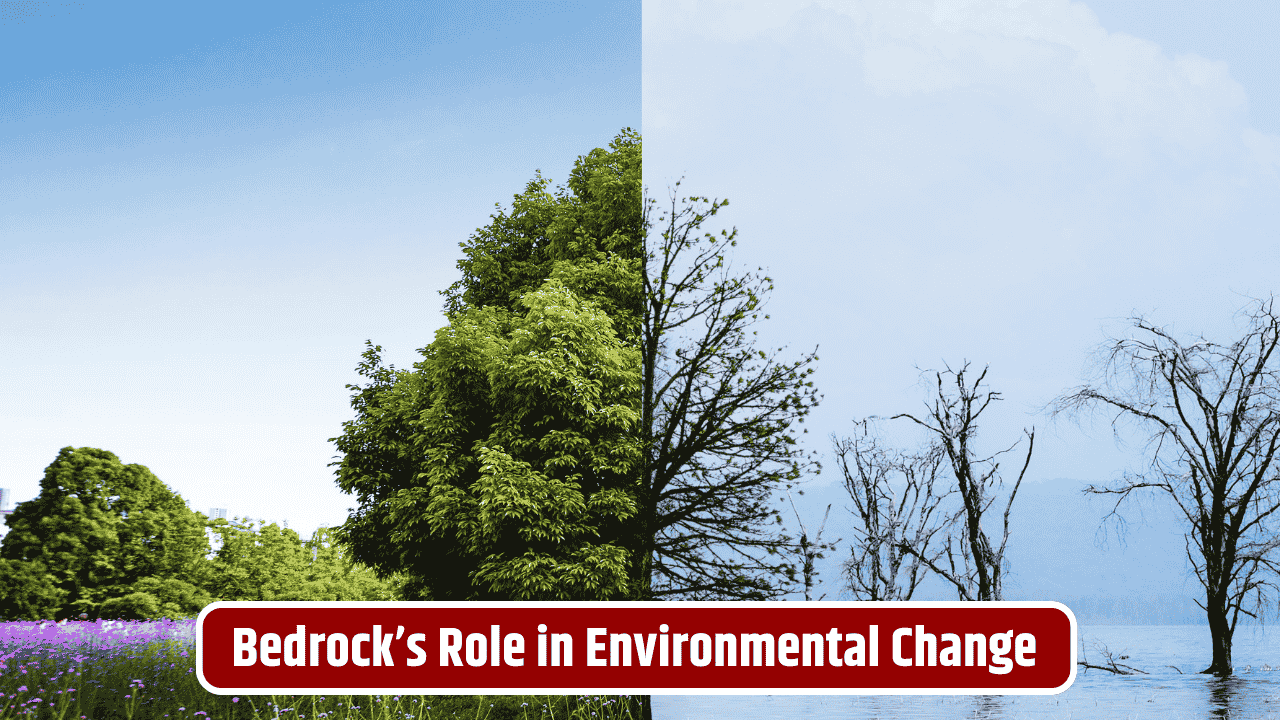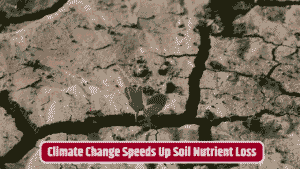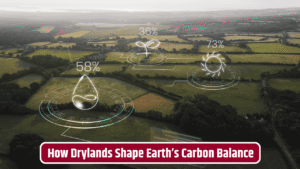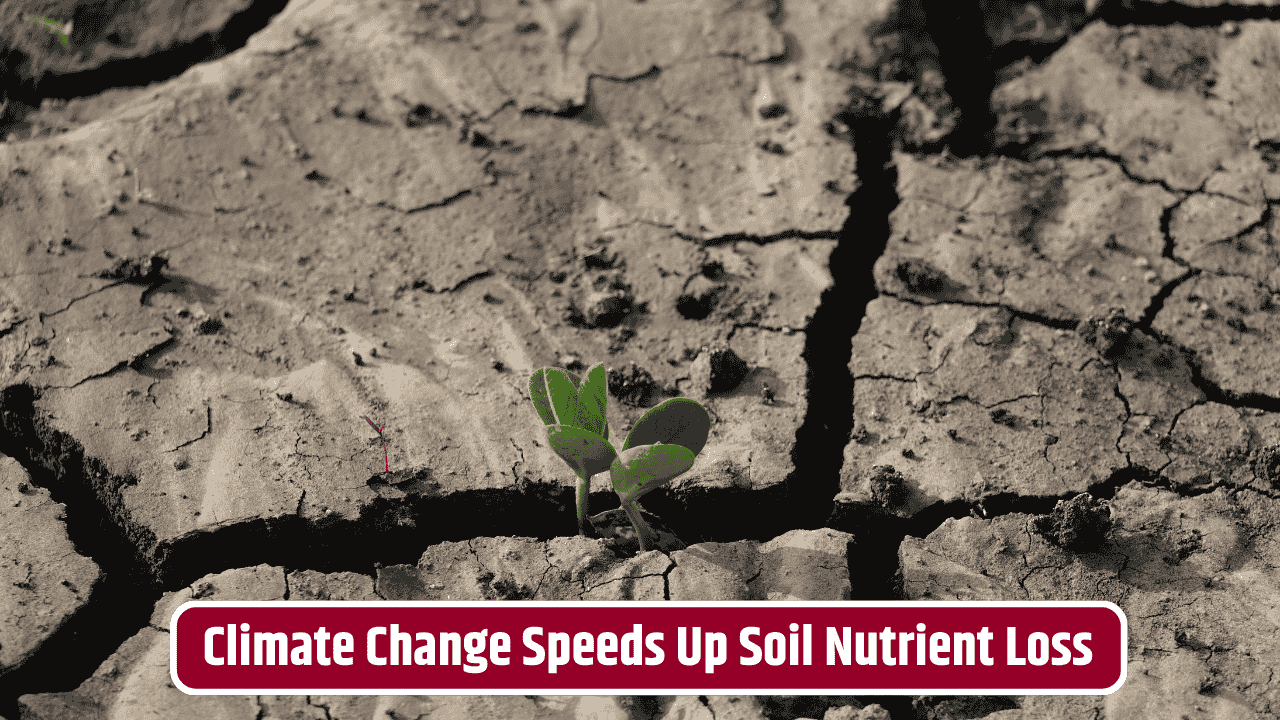When people talk about climate change, they usually throw around the usual suspects: rising CO₂, deforestation, ice caps melting, all that. But there’s a quiet player sitting under our feet that rarely makes headlines—bedrock. Yes, the hard foundation beneath the soil that most of us only think about when drilling for wells or blasting through for construction. Turns out, bedrock isn’t just a passive chunk of geology; it actually shapes how soil forms, how water moves, and even how ecosystems adapt to a warming planet. Scientists are now realizing that ignoring it might be like trying to predict the weather while leaving out half the atmosphere.
Table of Contents
Bedrock: More Than Just Rock
Bedrock is essentially the parent material from which soils evolve. Over thousands of years, it slowly breaks down through weathering, releasing minerals that directly influence soil chemistry. A granite base, for instance, produces acidic soils, while limestone tends to give rise to alkaline ones. This difference may sound nerdy, but it has massive implications—whether a forest thrives, crops survive drought, or carbon gets stored underground depends on this mineral backbone.
Research from the U.S. Geological Survey (USGS) highlights how bedrock type affects water retention and nutrient cycles, which in turn control vegetation growth and resilience. If a region’s bedrock doesn’t hold water well, even heavy rains may not recharge aquifers efficiently, leaving communities vulnerable to drought.
| Bedrock Type | Soil Influence | Climate Impact |
|---|---|---|
| Granite | Acidic, sandy soils, poor nutrient retention | Less plant growth, lower carbon storage |
| Limestone | Alkaline, fertile soils | Supports vegetation, higher carbon sequestration |
| Shale | Clay-rich, good water retention | Better drought resilience but prone to flooding |
| Basalt | Nutrient-rich, dark soils | Strong crop potential, enhances CO₂ absorption |
Why Climate Models Are Paying Attention
Here’s the kicker: most climate and soil models until recently treated bedrock like it didn’t matter much. They focused on surface variables—rainfall, temperature, vegetation cover. But as NASA’s Earth Science Division points out, ignoring the rock beneath leads to flawed predictions, especially about how much carbon soils can store. For instance, soils formed on volcanic bedrock (like basalt) may absorb far more carbon than models assume, meaning we might be underestimating nature’s ability to buffer emissions in certain areas.
Similarly, groundwater recharge depends heavily on fractures and porosity in bedrock. The USGS Water Science School explains that aquifers tied to fractured bedrock behave very differently from those in sandy soils. With droughts and water scarcity becoming more common, knowing how deep water can seep isn’t just academic—it’s survival.
Farming, Forests, and Future Risks
Think of farmers deciding what crops to plant. Without factoring in bedrock, predictions about soil fertility and irrigation needs can be misleading. Forest managers, too, are realizing that tree health and wildfire recovery are connected to the hidden mineral world below. Even carbon offset projects—where companies pay to plant trees to “neutralize” emissions—could be overpromising if the local bedrock doesn’t support long-term soil carbon storage.
In California, researchers have found that some bedrock types release more nutrients during drought stress, giving trees an unexpected boost. In contrast, areas with less generous bedrock face faster forest die-offs. This isn’t just academic curiosity; it affects everything from food security to insurance risk models.
The Big Picture: Rock Solid Predictions
We often think of climate change as something happening “above ground”—in the atmosphere, oceans, or forests. But the truth is, the Earth’s crust quietly dictates how well ecosystems adapt. Bedrock isn’t glamorous, but it may hold the key to better predictions, smarter agriculture, and even more accurate carbon budgets. Ignoring it is like trying to write a recipe without knowing the cookware—it changes the outcome more than you’d think.
Fact Check
Bedrock’s role in climate and soil dynamics isn’t a fringe theory. Peer-reviewed studies published in journals like Nature Geoscience and research from institutions such as USGS and NASA confirm its influence on soil fertility, water cycles, and carbon storage. While not yet mainstream in public climate conversations, this is a well-documented and growing field of study.
FAQs
How does bedrock influence soil formation?
Bedrock gradually weathers over time, releasing minerals that determine soil chemistry, texture, and fertility.
Can bedrock really affect climate predictions?
Yes. Soil carbon storage, water availability, and vegetation health—all influenced by bedrock—directly impact climate models.
Why hasn’t bedrock been included in models until now?
It was often considered too deep and stable to matter, but new research shows its long-term effects are critical.
What types of bedrock are best for farming?
Basalt and limestone often produce fertile soils, while granite is less favorable due to poor nutrient retention.
Does bedrock affect groundwater?
Absolutely. The porosity and fractures in bedrock dictate how well water moves and is stored underground.










